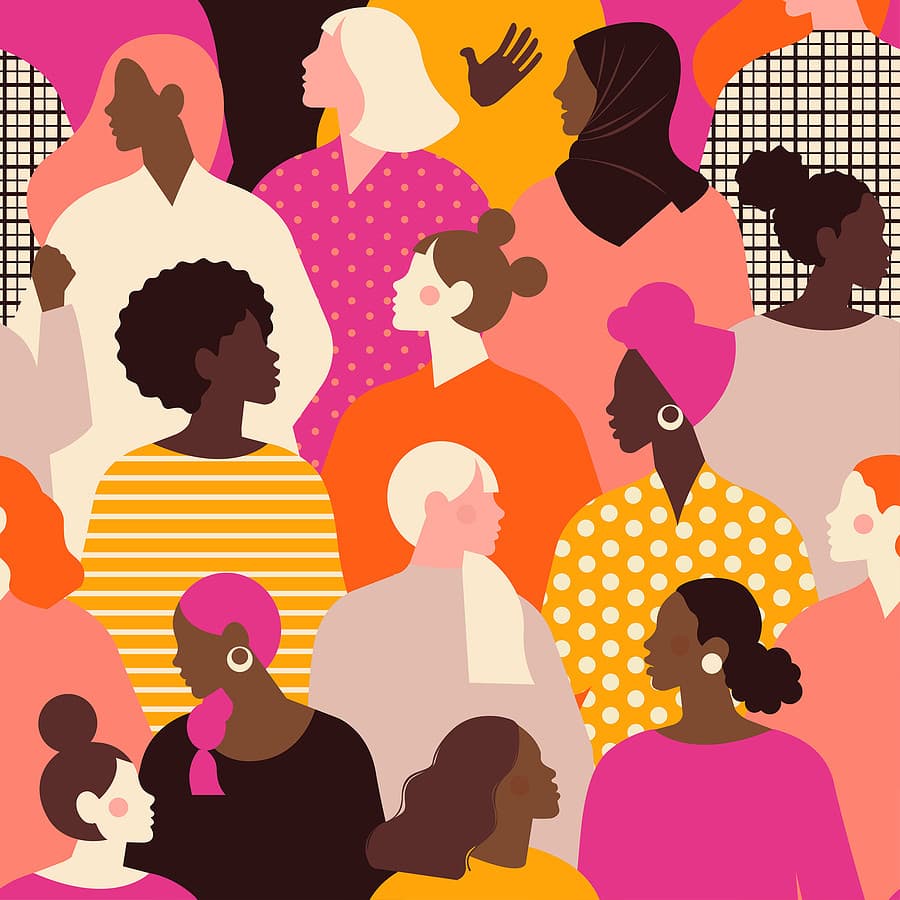Today is International Women’s Day. Yet due to the pandemic over the past 12 months, women have ceded progress in workplace equality. We are back to 1980s level work of workplace participation.
But it’s not just gender concerns that are challenging for organizations looking to address diversity issues. When national racial injustices finally took centerstage in the media and public discourse last May following the murders of George Floyd and Breonna Taylor (among many others), dozens of companies responded with public statements and diversity pledges.
Businesses dramatically increased their focus on improving workforce diversity in terms of race, gender, sexual orientation, disability status, education level, criminal record, and more. And according to research by Deloitte, 96% of CEOs say that diversity is a top priority this year.
For example, Coca-Cola’s Global Women’s Leadership Council set an aspirational goal for the company to be 50% female. And SAP aimed to double its representation of Black workers and increase women in leadership from 26% to 30% by 2022.
While these goals sound promising and appropriately optimistic, the work to achieve them is no small matter. It requires deep change and soul-searching, as well as the ability to attract employees from historically underrepresented backgrounds.
As one HR professional at a Fortune 500 company told me, “It’s great for leaders to announce these visionary plans, and we are in full support. But on the ground, we don’t even know how to begin to achieve them.”
Changing culture requires intensive training, new policies, and buy-in from managers at all levels. And diversity recruiting in particular demands much change for which many companies still lack the infrastructure.
With that in mind, Fairygodboss recently conducted a study of 150 talent acquisition and employer brand professionals. The findings suggest immediate investments that companies must make to improve their diversity recruiting efforts.
We Need Better Data
Just over 60% of organizations track diversity data about hires, and 55% track diversity data about applicants. However, many survey participants indicated that their applicant tracking systems were not set up to capture and report on data in a meaningful way. Others were unsure or confused about how they could legally capture diversity demographics during the hiring process. No surprise, then, that a recent LinkedIn study said that 55% of talent professionals feel they need help putting basic people analytics into practice.
For employers that aim to diversify their employee base, data collection has to be priority No. 1. Companies will need to invest in technology and people analytics systems, survey their existing workforces, and conduct training on how to capture and use data legally.
We Need Diverse Slates
“Requiring a diverse slate of qualified candidates helps mitigate similarity bias, or our natural inclination to surround ourselves with people who think, act, and look like us,” explains Katica Roy, CEO of Pipeline Equity. “By mitigating similarity bias, companies can improve gender and race/ethnic representation among their ranks.”
In other words, diverse slates are essential to diversity recruiting.
Yet there is an important nuance that gets missed: Research finds that if just one woman is part of a candidate slate, she statistically has zero chance of being hired. However, as Harvard Business Review reported, “when there were two minorities or women in the pool of finalists, the status quo changed, resulting in a woman or minority becoming the favored candidate.”
In our survey, though, only 24% of companies reported using a diverse-slate approach. Of those that do, a few include only one diverse candidate.
We Need Better Employer Branding
Lastly, companies must make commitment to diversity and inclusion a critical part of their employer brand — women are 1.5 times more likely than men to evaluate a company based on its commitment to diversity, and Black women are two times more likely.
While 65% of the companies reported that they have employer branding functions, only half have taken the essential step to talk about their D&I efforts on their careers site.
Ultimately, my greatest wish for 2021 is that the 96% of companies that are aiming to increase diversity will be incredibly successful. But that success won’t come from the pledges they make. It will result from the actions they take.
